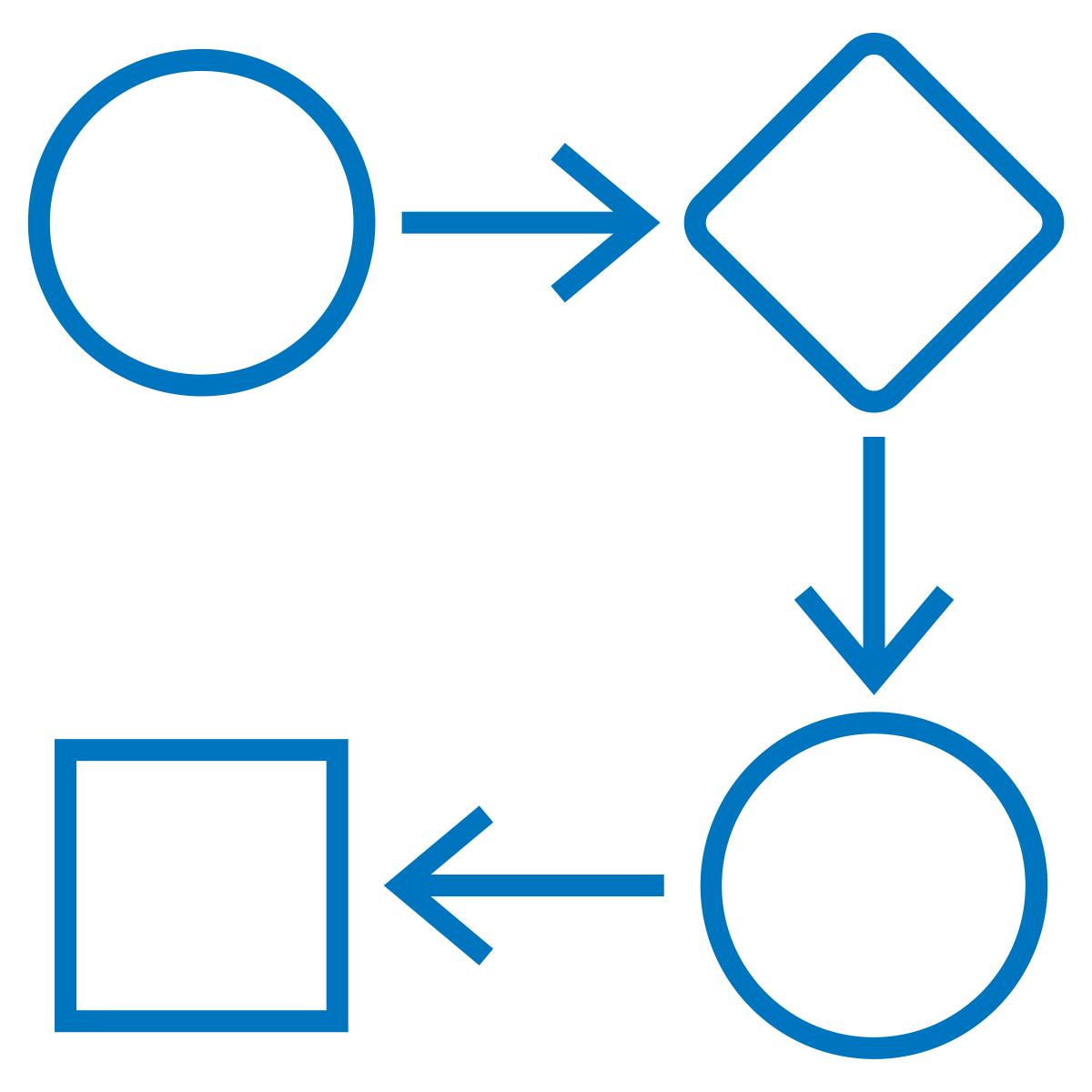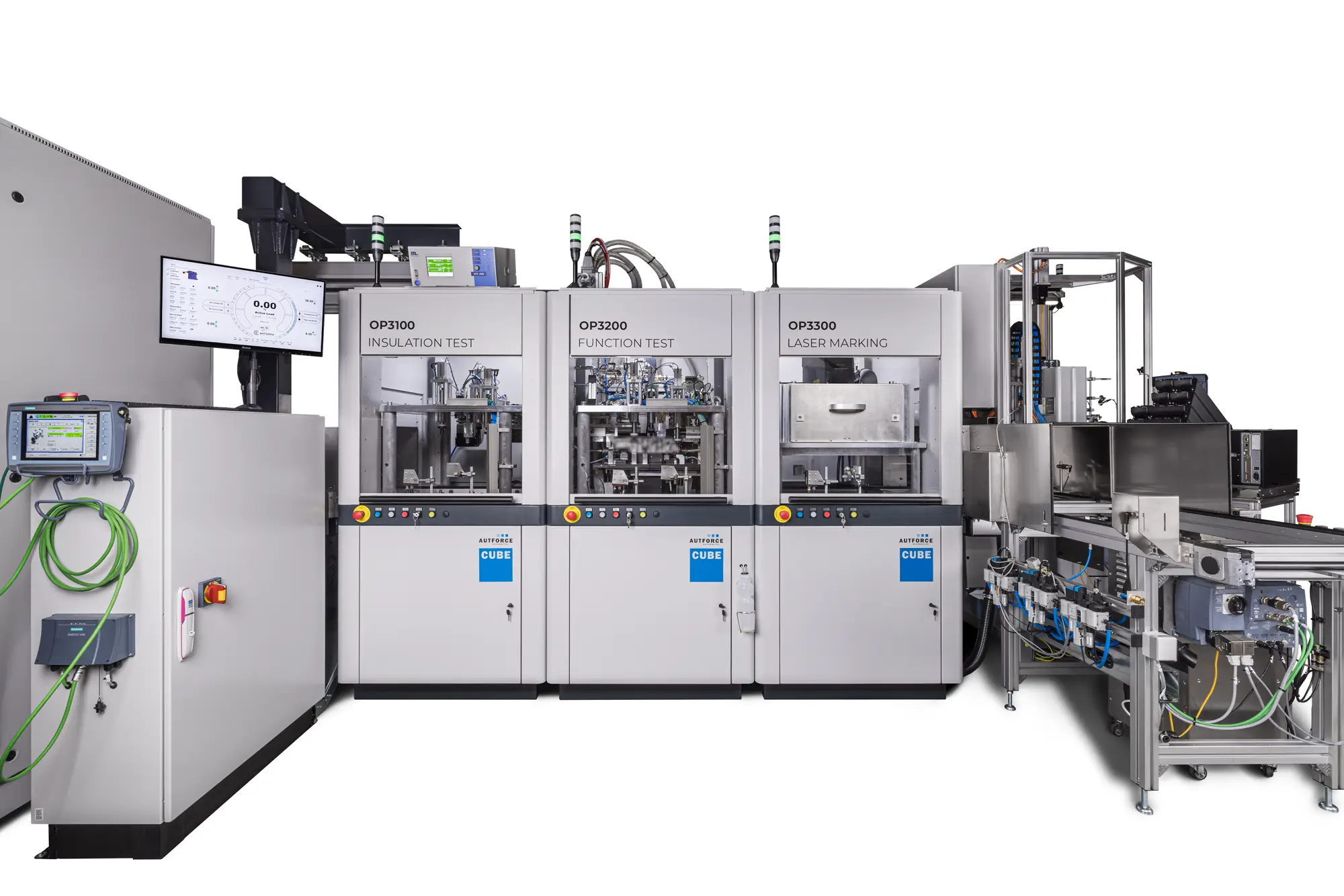Increasing energy efficiency
The sophisticated energy recovery of our system not only optimizes the operating costs of the test bench, but also increases energy efficiency. This helps to minimize the total cost of ownership while ensuring sustainable and cost-efficient operation.





